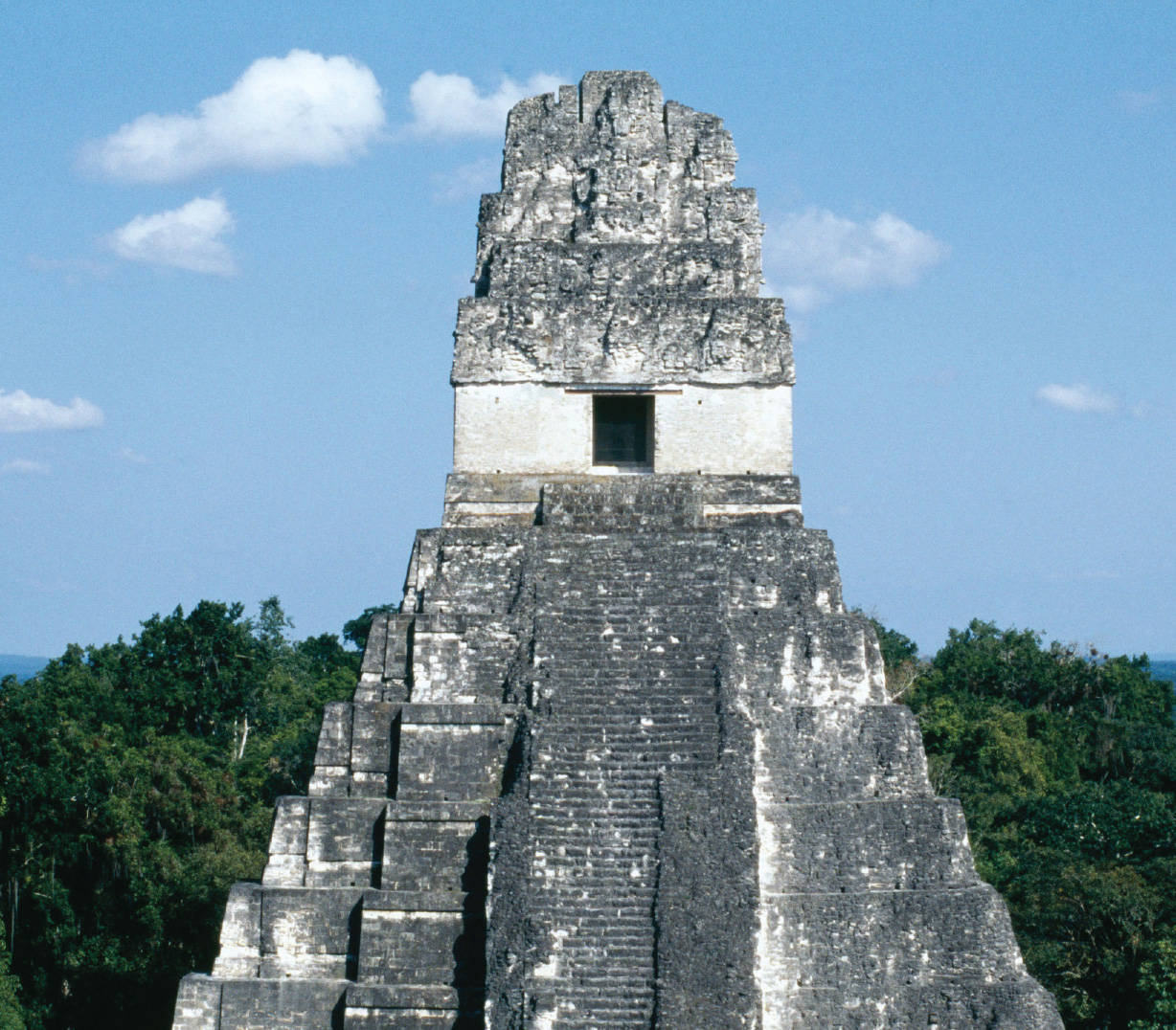Introduction
CHAPTER SIX
Commonalities and Variations
Africa and the Americas
500 B.C.E.–1200 C.E.

In early 2010, Bolivian President Evo Morales was inaugurated for his second term in office, the only person from the country’s Native American population ever elected to that post since independence from Spain in 1825. The day before the official ceremony in the capital of La Paz, Morales traveled to Tiwanaku (tee-wah-NAH-coo), the center of an impressive empire that had flourished in the Andean highlands between 400 and 1000 C.E., long before either the Inca or the Spanish ruled the area. There he sought to link himself and his administration to this ancient culture, a symbol of Bolivian nationalism and indigenous pride. On his arrival, Morales was ritually cleansed with holy water and herbs and dressed in a llama wool robe. After offerings were made to Pachamama, an Andean earth goddess and to Tata Inti, the Inca sun god, Morales was invested with symbols of both kingship and spiritual leadership, thus joining political and religious sources of authority. Proclaiming a new multinational state, Morales declared: “Gone forever is the colonial state, which allowed the looting of our natural resources, and gone also is the discriminatory [against native peoples] colonial state.”1 This recent ceremony provides a reminder that memories of American second-wave civilizations remained alive and were available for mobilizing political support and legitimating political authority in the very different circumstances of the early twenty-first century.
SEEKING THE MAIN POINT
To what extent did the histories of Africa and the Americas parallel those of Eurasia? In what ways did they forge new or different paths?
FOR MANY PEOPLE, THE SECOND-WAVE ERA EVOKES most vividly the civilizations of Eurasia—the Greeks and the Romans, the Persians and the Chinese, and the Indians of South Asia—yet those were not the only civilizations of that era. During this period, the Mesoamerican Maya and the Andean Tiwanaku thrived, as did several civilizations in sub-Saharan Africa, including Meroë (MER-oh-ee), Axum (AHK-soom), and the Niger River valley. Furthermore, those peoples who did not organize themselves around cities or states likewise had histories of note and alternative ways of constructing their societies, although they are often neglected in favor of civilizations. This chapter explores the histories of the varied peoples of Africa and the Americas during this phase of world history. On occasion, those histories will extend some centuries beyond the chronological boundaries of the second-wave era in Eurasia because patterns of historical development around the world did not always coincide precisely.
A Map of Time
| 750–200 B.C.E. | Chavín religious movement in Peruvian Andes |
| 730 B.C.E. | Nubian conquest of Egypt |
| 300 B.C.E.–100 C.E. | Kingdom of Meroë in upper Nile valley |
| 300 B.C.E.–900 C.E. | Niger Valley civilization in West Africa |
| 200 B.C.E.–400 C.E. | Hopewell “mound-building” culture in U.S. eastern woodlands |
| 1st to 7th century C.E. | Flourishing of Axum (East Africa) and Moche (coastal Peru) civilizations; spread of Bantu-speaking people in eastern and southern Africa |
| 250–900 C.E. | Classical Maya civilization |
| 300–600 C.E. | Flourishing of Teotihuacán |
| 4th century C.E. | Introduction of Christianity to Axum |
| 400–1000 C.E. | Tiwanaku and Wari in the Andes |
| 860–1130 C.E. | Chaco culture in U.S. Southwest |
| 900–1250 C.E. | Cahokia |